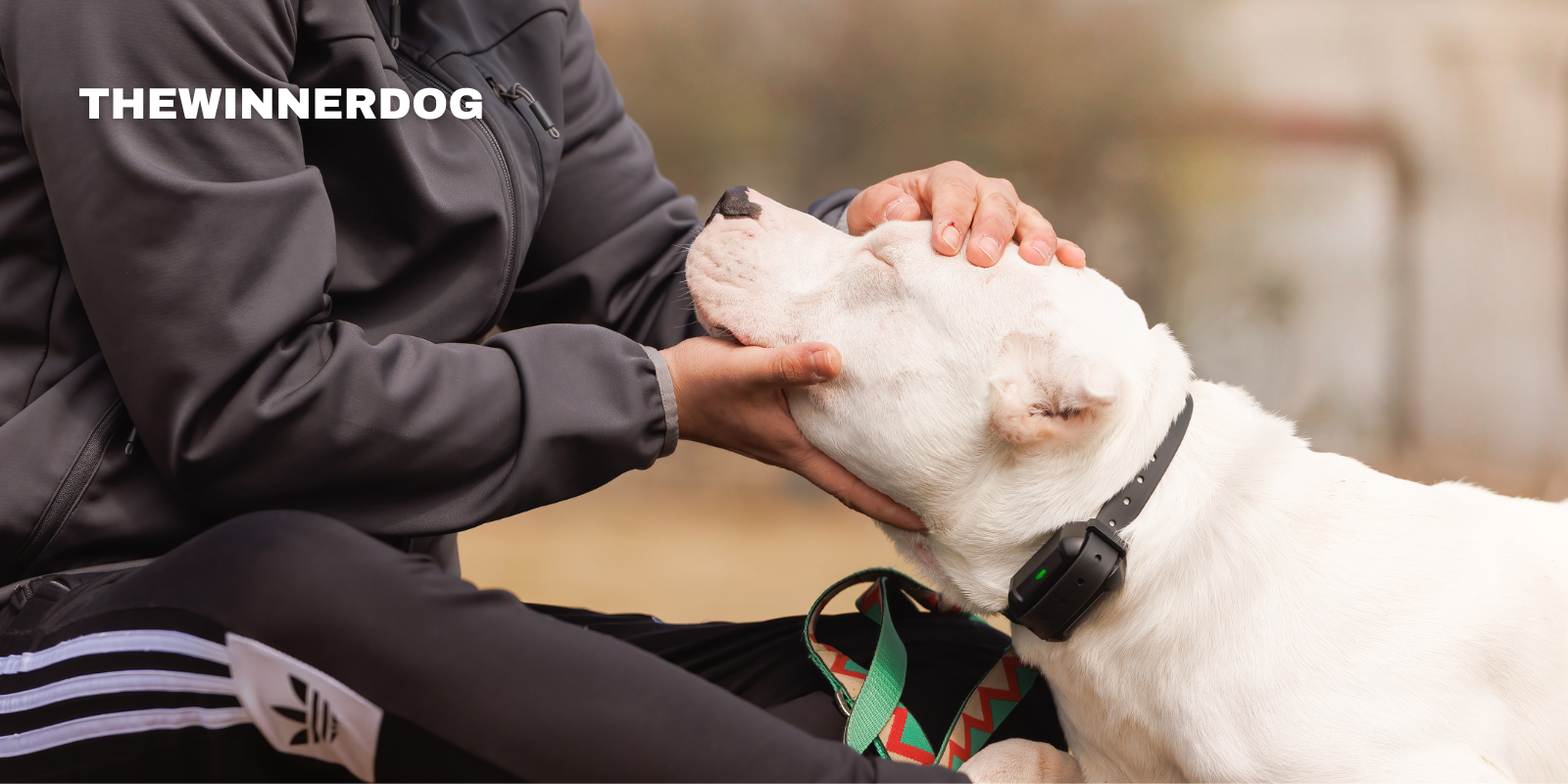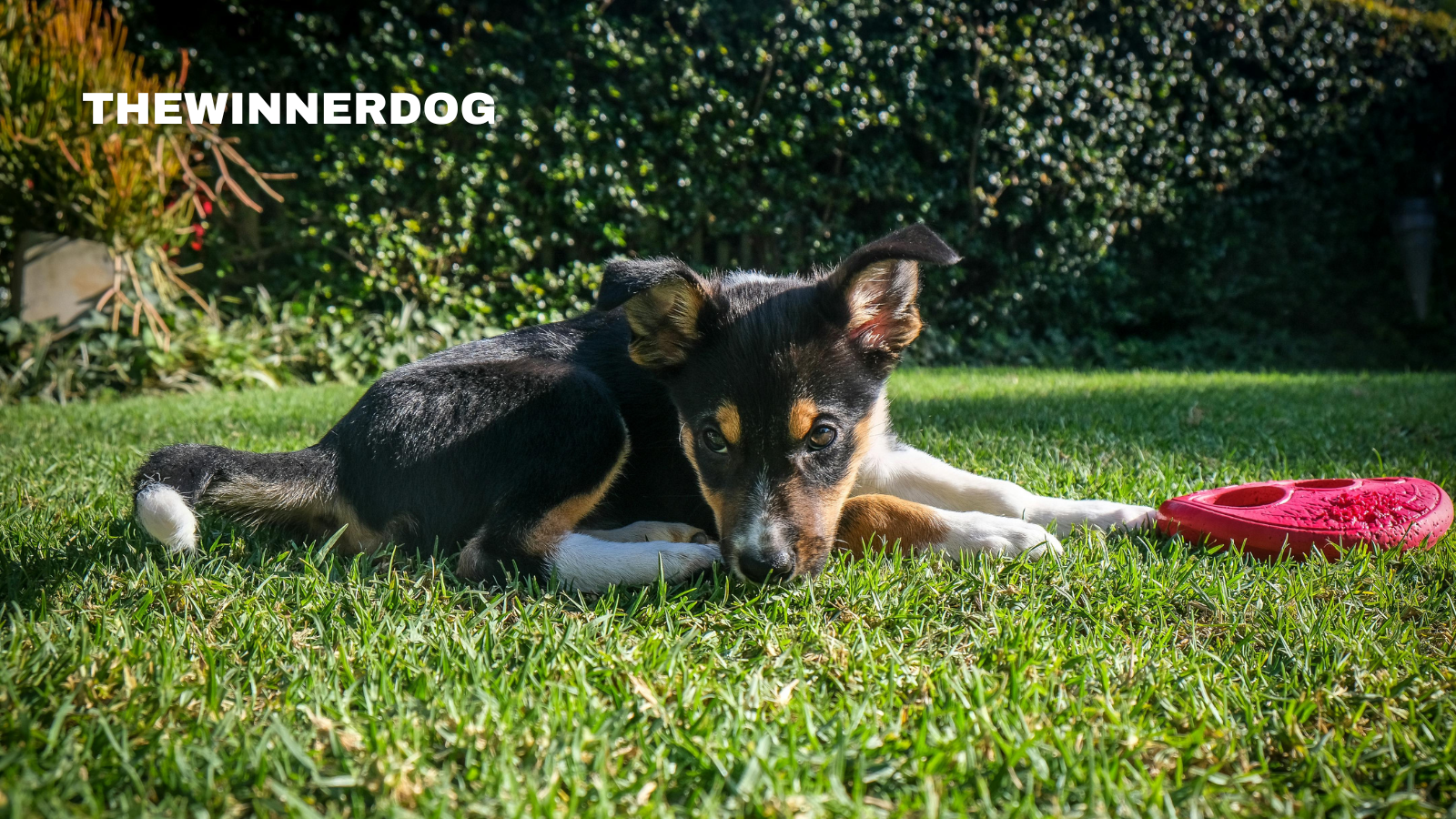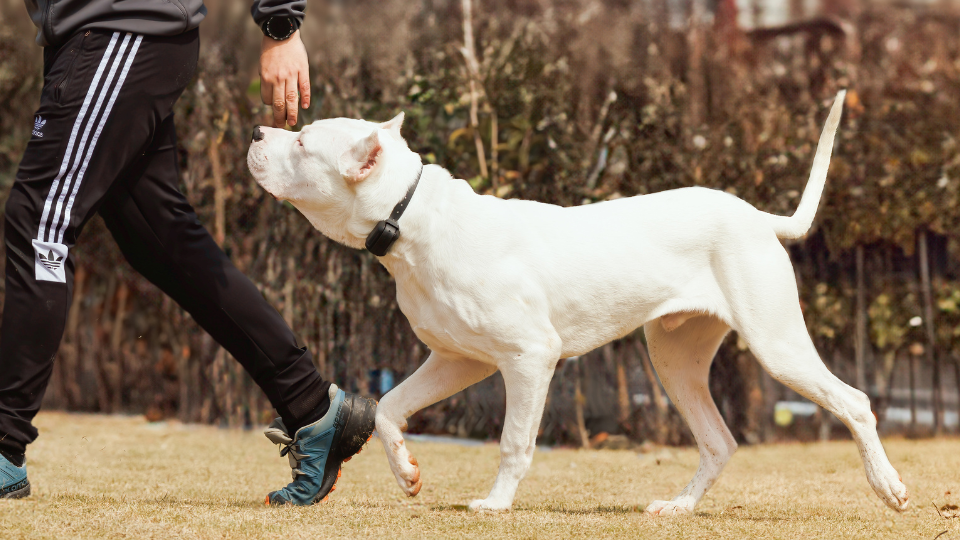
How to Choose a Wireless Dog Fence — A Quiz-Style Professional Guide
Three-Sentence Overview
Stability first (trees/metal/building density): favor a 2.4 GHz base-station. Local RF creates a consistent circular boundary that suits “set-and-forget” daily use.
Portability first (rentals/two homes/camping): favor a GPS wireless dog fence. It draws a virtual circle without buried wire and sets up in minutes; place the control point smartly where sky view is best.
Need home and travel: consider a radar fence. Many models reproduce the same safe circle at new locations, show real-time distance, and implement “correction-free re-entry,” often alongside indoor “forbidden area” and training modes.
Five-Question Decision Quiz (circle one per question)
Scoring:
A = Base-station (2.4 GHz) +1 B = GPS +1 C = Radar +1
Add your five scores. The highest total is your best fit. If tied, lean on Q1 (environment) and Q3 (priority).
Q1 | Your outdoor environment
A. Heavy trees/metal siding/parked vehicles, dense neighbors → Base-station
B. Open sky, minimal obstruction → GPS
C. Moderate obstruction, but must reproduce boundaries at different sites → Radar
Q2 | Locations and frequency
A. Mostly a single home → Base-station
B. Two homes/frequent camping and travel → GPS
C. Both home and travel, plus interest in indoor forbidden zones → Radar
Q3 | Top priority
A. Stability and repeatability for everyday ease → Base-station
B. Portability and fast deployment → GPS
C. Experience features (live distance, correction-free re-entry, multi-mode) → Radar
Q4 | Radius and safety buffer
A. Street-side yard needs the safe zone pulled inward to reduce fence racing → Base-station
B. Yard allows a 1–2 m buffer away from sidewalks → GPS
C. Need tight radii at home and quick one-tap reproduction on trips → Radar
Q5 | Training and multi-dog needs
A. Daily fence + simple training, prefer “set it and use it” → Base-station
B. Frequent work in unfamiliar places, regular travel → GPS
C. One transmitter, Fence / Forbidden Area / Training in one, per-dog control → Radar
How the Three Technologies Differ (at a glance)
|
Installation & Placement: Turn Specs into Clean Edges
Base-station (2.4 GHz): place the base centrally and 0.5–2 m away from large metal. Start with a smaller radius; expand after testing. Maintain line-of-sight where possible across the zone.
GPS fence: choose a control point with clear sky view. Start small; walk the edge with the collar to confirm cue timing, then enlarge. In unfamiliar sites, keep a larger buffer and rehearse at low intensity before full freedom.
Radar fence: position the transmitter under cover, as central as possible. Use the live distance readout to confirm the boundary and rely on correction-free re-entry to build confident returns to the safe zone.
Scenario-Based Guidance
Street-side small yard / dense neighborhood / trees & metal: prefer 2.4 GHz base-station. Pull the play circle inward by 1–2 m to reduce fence-line arousal and racing.
Rentals / two homes / camping & travel: prefer GPS. Save multiple radius presets; at new sites, activate the “home-like” preset, run a quick edge-walk, then expand.
Home + travel with UX priorities: consider radar. Reproduce the same safe circle at cabins or campsites, verify live distance, use correction-free re-entry, and add indoor forbidden areas when needed.
Cost & Feature Trade-Offs (Think TCO)
One-time gear vs monthly fees: many wireless dog fence with gps solutions and most base-station/radar fences operate without subscriptions. If long-range recovery is a goal, add a separate tracker with a data plan; keep daily containment subscription-free if budget matters. Shortlist options often labeled best gps dog fence without subscription.
Size and battery fit: large breeds benefit from sturdier collars and longer runtimes; search gps wireless dog fence for large dogs. Tight properties benefit from precise radius control; look for gps dog fence for small yards.
Shopping keywords for comparison pages and spec sheets: gps wireless dog fence system, gps fence collar for dogs, best gps dog collars fence. Prioritize graded cues, comfortable fit, water resistance, and per-dog settings over marketing hype.
Common Misconceptions, Clarified
Q1:“A fence equals a tracker.”
A1: No. A fence manages daily boundaries; a tracker locates a lost dog. A gps wireless dog fence does not necessarily provide live map tracking.
Q2:“Wireless fencing means no training.”
A2: Incorrect. Every invisible/wireless solution requires structured rehearsals, especially at new locations. Graded cues plus consistent reinforcement drives success.
Q3:“Radar always beats everything.”
A3: Not automatically. Algorithms and placement matter. Verify edges with the device’s live readout and use the re-entry logic to keep returns smooth.





